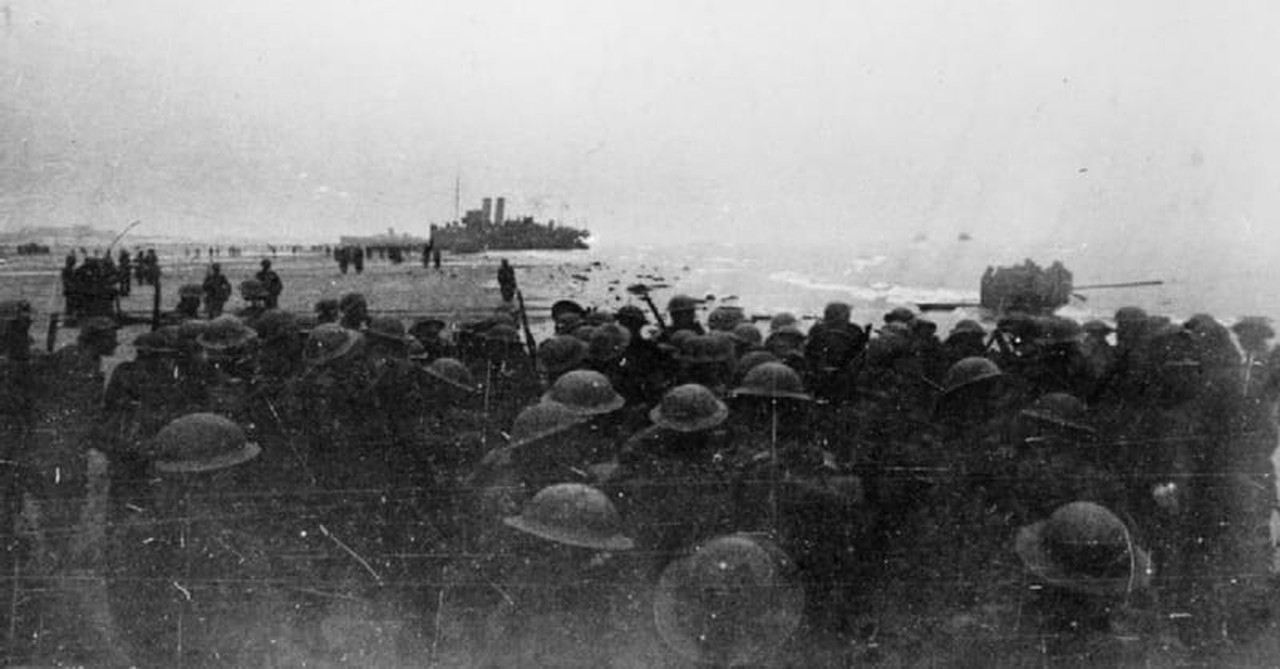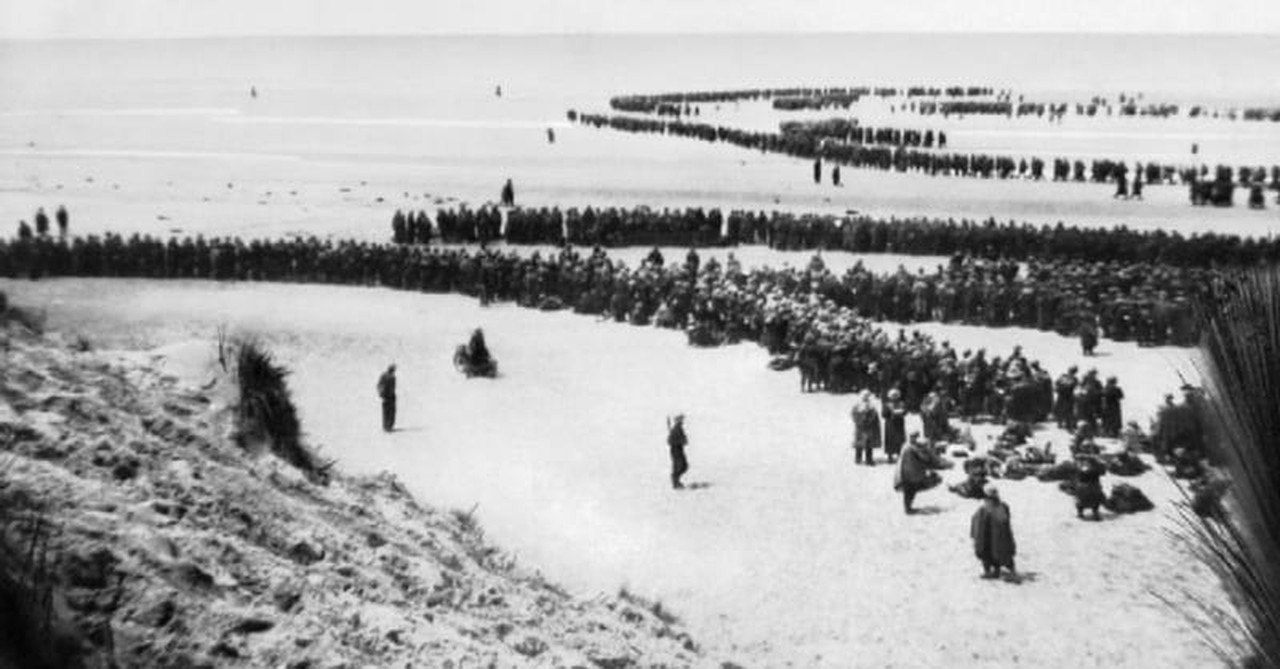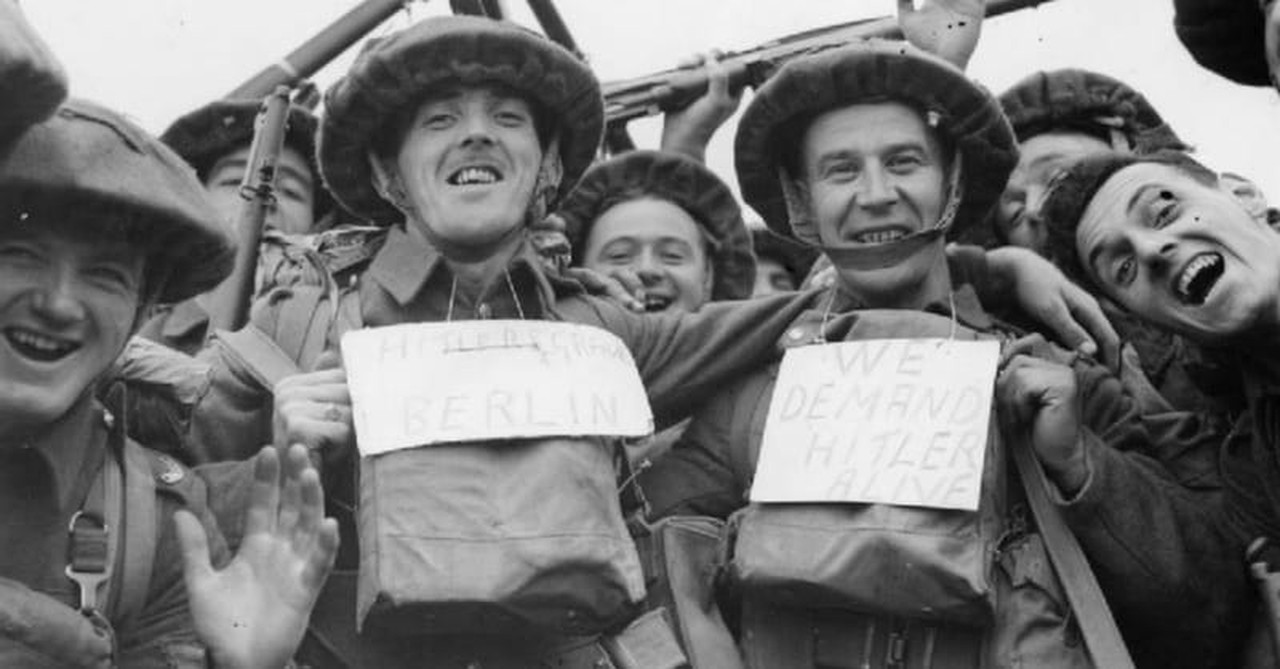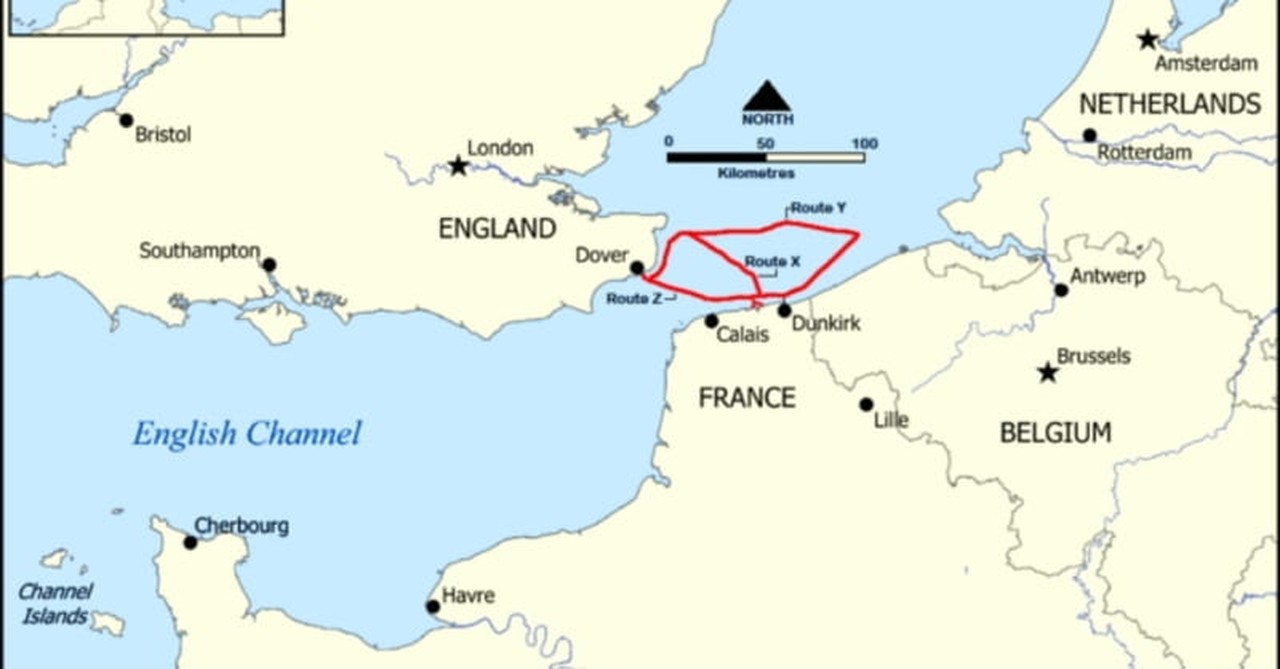
Here are five facts about the “Miracle of Dunkirk,” the biggest evacuation in military history.
Photo courtesy: Wikimedia Commons
1. Dunkirk was a huge evacuation operation

1. Dunkirk was a huge evacuation operation
SLIDE 1 OF 5
In September 1939, after Germany invaded Poland, the British army was sent to support their allies in France. When the Germans subsequently invaded France in May 1940, the British army, three French armies, and what remained of the Belgian army, found themselves trapped near the Belgian-French border. On May 26, the British military began to implement Operation Dynamo to evacuate these Allied forces from Dunkirk. Dunkirk, is located in the north of France, a mere 47 nautical miles from the UK across the English Channel.
Photo courtesy: Wikimedia Commons
2. King George VI called for a National Day of Prayer

2. King George VI called for a National Day of Prayer
SLIDE 2 OF 5
In a national broadcast, King George VI called for a National Day of Prayer to be held on May 26, the day before Operation Dynamo was to be launched. The king called on the people of the UK to turn back to God in a spirit of repentance and plead for divine help. According to John Willans, two events immediately followed: a violent storm arose over the Dunkirk region grounding the German fighter planes that had been killing thousands on the beaches, and then a “great calm descended on the Channel, the like of which hadn’t been seen for a generation” which allowed the evacuation to take place. From that point on the British people began to refer to what happened as “the miracle of Dunkirk.”
Photo courtesy: Wikimedia Commons
3. About 860 ships were involved

3. About 860 ships were involved
SLIDE 3 OF 5
Operation Dynamo involved about 860 ships, including 693 British ships. Almost 700 were private British boats that became known as the “Little Ships of Dunkirk.” (The smallest boat to take part in the operation was the Tamzine, an open fishing boat that was just under 15 feet in length and was able to carry five people.) Most of the “Little Ships” were owned by civilians but commandeered by the British navy and manned by naval officers or experienced volunteers. They were mostly used to ferry the stranded soldiers from the beach and harbor to the larger warships, though several of the “Little Ships” carried hundreds of men directly to England.
Photo courtesy: Wikimedia Commons
4. The evacuation took nine days

4. The evacuation took nine days
SLIDE 4 OF 5
The evacuation occurred over nine days, from May 27 to June 4. On the first day, only 7,699 stranded troops were picked up. But by the end of the operation, a total of 338,226 soldiers were evacuated from the beaches and harbors of Dunkirk. Throughout the retreat, the Allies were exposed to deadly attacks from German fighter planes. During the Dunkirk battle the German aerial warfare branch (the Luftwaffe) flew 1,882 bombing and made 1,997 fighter sweeps. As well as being exposed to attack from the air, many of the men had to wait for hours in water up their shoulders. Despite the risks, the men waited patiently to be rescued. As one British solider noted, “You had the impression of people standing waiting for a bus. There was no pushing or shoving.”
Photo courtesy: Wikimedia Commons
5. Troops were saved, but equipment was not

5. Troops were saved, but equipment was not
SLIDE 5 OF 5
Although most of the troops were saved, the Allies left behind 2,472 cannons, around 65,000 vehicles, 20,000 motorcycles, 377,000 tons of supplies, over 68,000 tons of munitions, and 147,000 tons of fuel. As Winston Churchill reminded his people in a speech made on the last day of the operation, “We must be very careful not to assign to this deliverance the attributes of a victory. Wars are not won by evacuations.” Nevertheless, Hitler’s failure to press an earlier attack and capture the British army on the beaches was one of his most significant military failures during the war, and became a key turning point toward an Allied victory.
Photo courtesy: Wikipedia
Publication date: July 25, 2017
Slideshow adapted from the Ethics & Religious Liberty Commission article "5 Facts about the 'Miracle of Dunkirk.'" Used with permission.
Originally published July 25, 2017.







